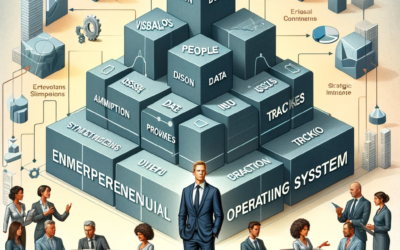Accountability Busters
If you want employees to get things done, instead of complaining and blaming others, here are three steps to take:
1. Encourage action-taking, not permission-giving. The more people who have to sign off on a decision, the longer that decision will take. And the more likely people up and down the organizational hierarchy will try to avoid responsibility. People seek permission when they want to take a shortcut or when they don’t want to be blamed for the results. They may be lazy or afraid, or they may just be following organizational norms. If so, it’s time to change the norms.
2. Assign responsibility to a specific individual for every outcome. Organizational dysfunction happens when more than one person is responsible for the same outcome. Timelines slip, objectives go unmet, and chaos ensues. Apple always assigns a DRI (Directly Responsible Individuals), according to Adam Lashinsky (who wrote Inside Apple), so that everyone knows who to go to on a particular project. Apple employees don’t get caught up in a permission-giving cycles and slowdowns.
3. For every meeting, make it clear what needs to be decided and by whom. When meetings start with no clear person or people responsible for making a decision, everyone assumes it will be a collaborative decision. Since collaborative decisions are difficult to achieve, the group may put off the decision and schedule another meeting. On the other hand, if the boss always makes the decision then coworkers might not be inspired to voice their opinions. They may not feel that their opinions matter enough or at all. When the decider is know from the start (and alternates, so that the boss isn’t the only one making decisions), the group will be engaged and purpose-driven. These meetings won’t proceed at the pace of a four-hour baseball game.
Related Posts
Why Work Sucks! And How to Fix it. Interview with Cali Ressler & Jody Thompson




